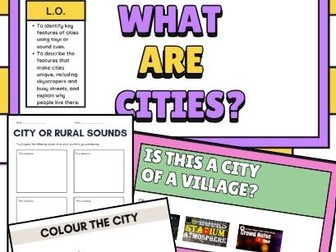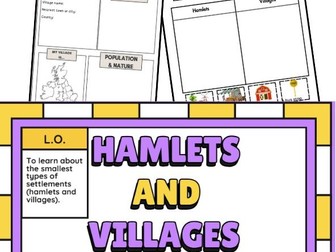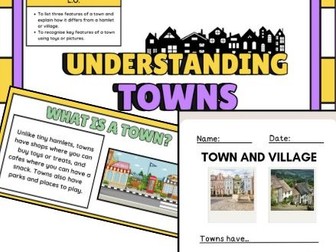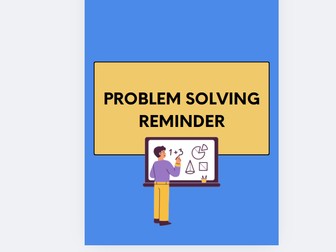Bundle
Personal Hygiene Lessons Bundle
<p>This downloadable bundle includes five engaging lessons designed to teach students about personal hygiene and self-care in an interactive and accessible way. Each lesson focuses on a key aspect of hygiene, helping students develop essential habits for staying clean and healthy.</p>
<p>Lessons Included:</p>
<ol>
<li>Lesson 1: Washing Hands & Brushing Teeth – Teaches students when and how to wash their hands and brush their teeth properly.</li>
<li>Lesson 2: Bathing & Showering – Covers the importance of regular bathing, showering, and bathroom hygiene.</li>
<li>Lesson 3: Table Manners – Introduces proper etiquette during mealtime, including using utensils, chewing politely, and keeping clean.</li>
<li>Lesson 4: A Good Night’s Sleep – Explores healthy bedtime routines and habits for better sleep quality.</li>
<li>Lesson 5: Puberty – Guides students through body changes, hygiene, and emotional well-being during puberty.</li>
</ol>
<p>Each lesson comes with a PowerPoint presentation and multiple worksheets, making learning engaging and interactive for primary and SEND students.</p>
<p>Download now and equip students with the knowledge to maintain a healthy and hygienic lifestyle!</p>



